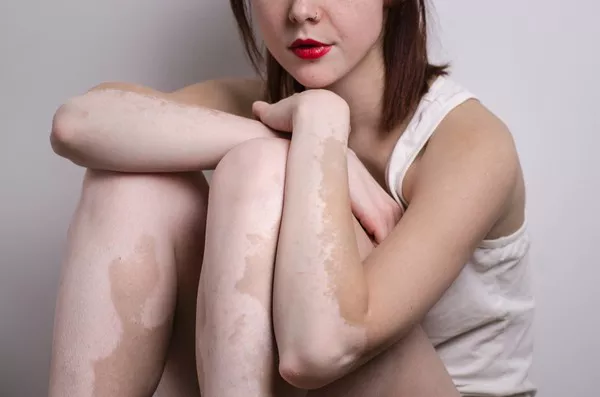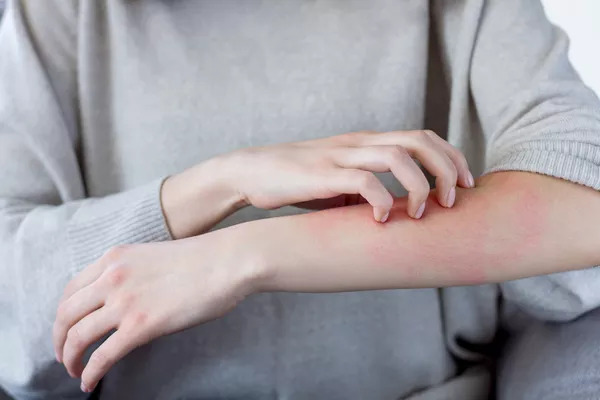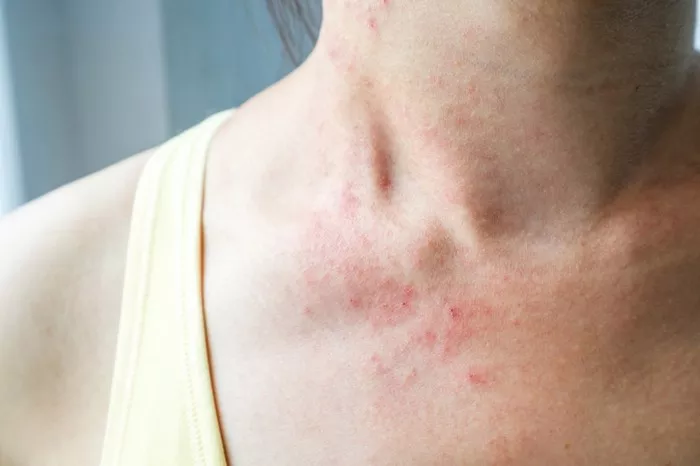White patches on the skin are a common concern that can affect people of all ages and skin types. While these patches may seem alarming, they are typically caused by a variety of underlying conditions, ranging from minor skin issues to more serious disorders. Understanding the potential causes of white patches on the skin is crucial for determining the appropriate treatment and managing the condition effectively.
SEE ALSO: What Skin Disease Looks Like Vitiligo
Vitiligo
Vitiligo is one of the most well-known causes of white patches on the skin. This condition occurs when the melanocytes, the cells responsible for producing pigment in the skin, are destroyed or stop functioning. As a result, the affected areas of the skin lose their color, leading to the appearance of white patches.
Characteristics and Causes:
Vitiligo can affect any part of the body, including the face, hands, feet, and even the scalp. The patches may start small and gradually enlarge over time. While the exact cause of vitiligo is not fully understood, it is believed to be an autoimmune disorder, where the body’s immune system mistakenly attacks its own cells. Genetics may also play a role, as vitiligo tends to run in families.
Impact on Life:
Vitiligo is not life-threatening, but it can have a significant
psychological impact on those affected, particularly due to its visible nature. The condition can cause emotional distress and affect self-esteem, especially in societies where skin appearance is highly valued.
Pityriasis Alba
Pityriasis alba is a common skin condition, particularly in children and young adults. It manifests as dry, scaly patches that are lighter than the surrounding skin. These patches are often found on the face, neck, and arms.
Appearance and Typical Treatment:
The exact cause of pityriasis alba is unknown, but it is believed to be related to eczema or other forms of dermatitis. The patches are usually round or oval and can appear slightly red or pink before fading to white. Unlike vitiligo, pityriasis alba is not associated with the destruction of pigment cells but rather with a temporary reduction in pigmentation.
Treatment for pityriasis alba typically involves moisturizing the skin and using mild topical steroids if inflammation is present. The condition often resolves on its own, but the discoloration may persist for several months.
Tinea Versicolor
Tinea versicolor, also known as pityriasis versicolor, is a fungal infection that affects the skin’s pigmentation. The fungus responsible for this condition, Malassezia, is naturally present on the skin, but it can overgrow under certain conditions, leading to the development of white, pink, or brown patches.
Impact on Skin Pigmentation:
The patches caused by tinea versicolor are often found on the trunk, neck, and upper arms. They may become more noticeable after sun exposure, as the surrounding skin tans while the affected areas remain light. The infection is not contagious and is usually not painful or itchy, but it can be persistent and recur frequently.
Treatment for tinea versicolor involves antifungal creams, shampoos, or oral medications. While the infection can be cleared, the skin may take time to return to its normal color.
Other Causes
There are several other less common causes of white patches on the skin, including:
Eczema: Some forms of eczema can cause hypopigmentation, where the affected areas of the skin lose color. This is often temporary and resolves with treatment.
Psoriasis: In rare cases, psoriasis, a chronic skin condition
Trauma: Injury or repeated friction to the skin can cause a condition known as post-inflammatory hypopigmentation, where the skin loses pigment as it heals.
Nutritional Deficiencies: Deficiencies in certain vitamins and minerals, such as vitamin B12, can also lead to the development of white patches on the skin.
Treatment Options
General Recommendations
The treatment for white patches on the skin varies depending on the underlying cause. For conditions like pityriasis alba or tinea versicolor, over-the-counter or prescription creams may be sufficient. However, more complex conditions like vitiligo may require a combination of treatments to manage the symptoms effectively.
Treatment for Vitiligo
For those diagnosed with vitiligo, treatment options may include:
Topical Corticosteroids: These creams can help reduce inflammation and slow the progression of the condition.
Phototherapy: Exposure to ultraviolet (UV) light under medical supervision can help stimulate melanocytes and restore pigmentation.
Depigmentation: In cases where vitiligo is widespread, some individuals may choose to depigment the remaining areas of normal skin to achieve a more uniform appearance.
Surgical Options: Skin grafting or melanocyte transplantation may be considered for patients with stable vitiligo.
Conclusion:
White patches on the skin, though often harmless, can be a source of significant concern for those affected. The appearance of these patches can stem from a range of conditions, each with distinct causes, implications, and treatments. From autoimmune disorders like vitiligo to more common issues such as fungal infections or nutritional deficiencies, the reasons behind white patches are diverse and complex.
Related Topics:


























